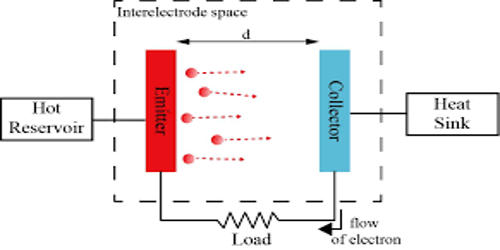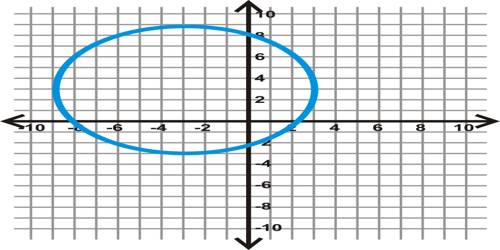Engineers have been perplexed by a common occurrence since the dawn of time: why does the water splay when it strikes the sink before going down the plughole when we turn on the faucet to brush our teeth?
The phenomena, now known as a hydraulic jump, was first observed by famous painter and inventor Leonardo da Vinci in the 1500s. In our kitchen sinks, hydraulic jumps are safe, but in deeper water, they can create dangerous waves, turbulence, and whirlpools.
Since the 1820s, scientists have thought that the gravitational force plays a role in hydraulic jumps. Yet, a study presented in the Journal of Fluid Mechanics has refuted this age-old idea.
Rajesh Bhagat, a Chemical Engineering PhD student at St John’s College, University of Cambridge, and first author of the paper, fired jets of water upwards and sideways onto flat surfaces, and witnessed exactly the same hydraulic jumps as those when the water flowed downwards.
But what was causing it? Bhagat suspected they could all affected by the same factors surface tension and viscosity.
Knowing how to manipulate the boundary of a hydraulic jump is very important and now with this theory we can easily extend or reduce the boundary. Understanding this process has big implications and could reduce industrial water use dramatically. The new theory is already being used in practical work in the Chemical Engineering department. People can use this theory to find new ways to clean everything from cars to factory equipment.
Professor Paul Linden
He disproved the 200-year-old gravitational theory as the cause of a kitchen sink-type hydraulic jump by modifying these properties of the water and was able to forecast the size of the hydraulic jumps with accuracy, independent of the direction the water was travelling. This kind of hydraulic jump is known as a circular hydraulic jump.
Professor Paul Linden, Director of Research at the Department of Applied Mathematics and Theoretical Physics at the University of Cambridge and an author of the paper, described Bhagat’s findings as ‘ground breaking’.
He explained: “His experiments and theory show that the surface tension of the liquid is the key to the process and has this has never before been recognised even though the problem was discussed by da Vinci and many others since. This work represents a remarkable achievement in our understanding of the dynamics of thin layers of fluid.”
Bhagat predicts that his findings could have wide reaching consequences for industries that have high levels of water consumption.
He said: “Knowing how to manipulate the boundary of a hydraulic jump is very important and now with this theory we can easily extend or reduce the boundary.”
“Understanding this process has big implications and could reduce industrial water use dramatically. The new theory is already being used in practical work in the Chemical Engineering department. People can use this theory to find new ways to clean everything from cars to factory equipment.”
Bhagat hopes his research will also be used to find new ways to help us use less water in the average household.















